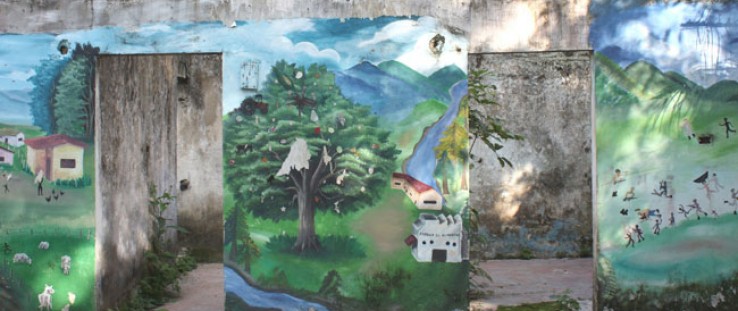 A mural painted by the community of Mampuján represents three moments: life before the conflict, after the displacement, and expectations for a better future.
Janelle Conaway
A mural painted by the community of Mampuján represents three moments: life before the conflict, after the displacement, and expectations for a better future.
Janelle Conaway
 A mural painted by the community of Mampuján represents three moments: life before the conflict, after the displacement, and expectations for a better future.
Janelle Conaway
A mural painted by the community of Mampuján represents three moments: life before the conflict, after the displacement, and expectations for a better future.
Janelle Conaway
Gabriel Pulido grew up in the once-thriving farming community of Mampuján in northwestern Colombia.
Like many communities across the country, the village was in the path of various combatants in Colombia’s internal armed conflict. Since the conflict began in 1964, thousands of Colombians have lost their land, and an estimated 4 million people were internally displaced.
Smallholder farmers fled in fear of massacres; others were coerced to sell their plots at rock-bottom prices. “Sell me your land or I’ll buy it from your widow,” was a common threat. In other cases, land was seized through falsified documents approved by corrupt officials.
Although agrarian reform policies establish strict sales rules—designed to limit land concentration—drug trafficking organizations and agribusinesses have been known to use front men to gain control of large swaths of territory.
Violence arrived in Mampuján on March 10, 2000, when around 300 armed members of the United Self-Defense Forces of Colombia, one of many illegal armed groups that have for decades terrorized Colombian rural communities, appeared on the hillsides surrounding the town’s broad, grassy plaza. They rounded up the entire Afro-Colombian community and told everyone they would be killed.
After hours of threats and mistreatment, the fighters ordered the community to clear out at dawn; the paramilitaries then moved on up the road, where they killed 12 campesino men. Fearing for their lives, the 245 Mampuján families gathered what they could carry and walked away from their village. What had been their home was now part of a corridor under paramilitary control.
Today, mampujaneros live in a dusty town they cobbled together in the years following their displacement, only a few miles away from their former home. Unable to till their land, these families work as hired laborers on near-by farms. They cannot rely on their harvests and eat what food they can afford from the local markets.
Many are dependent upon humanitarian aid. As a result of the displacement, the community’s once-vibrant social fabric has been lost, said Pulido, a representative of the Mampuján Victims Association.
Despite their hardships, mampujaneros are determined to return home—not just to restore what they had before, but to build an even better life for their families. “This isn’t going to be forever,” Pulido said of the current situation. “We’re going to recover.”
Favorable Ruling
After years of conflict, displacement and the search for justice, Pulido and his fellow villagers are beginning to see progress through recent changes to the country’s land policies. USAID is helping the government implement some of the new policies.
In fact, Mampuján is further along in the recovery process than any of the hundreds of Colombian villages and settlements whose residents were displaced by conflict. It is the first community whose members were formally recognized as victims of conflict-related dispossession under Colombia’s Justice and Peace Law.
The 2010 ruling by the district court, later upheld by the Colombian Supreme Court, found that the community was entitled to monetary compensation and other measures for both individual and collective losses. On April 27, 2011, the Supreme Court ordered the Colombian Government to compensate the victims of the 2000 raid on Mampujan $16 million.
As the first case involving reparations under the Justice and Peace Law, Mampuján sets a precedent for other victimized communities, said Pulido, who has only a third-grade education but at times can sound like a lawyer. “This is not only about Mampuján. If we don’t do something here in Mampuján, this is what all the victims of the conflict can expect, because this is the path that will be followed.”
The case was part of Colombia’s National Commission on Reparations and Reconciliation, which, with funding from USAID, worked from 2005 to 2010 in three municipalities to identify the root causes of dispossession and establish possible avenues for restitution. Results from that program have helped shape public policy and served as input for the Victims and Land Restitution Law.
That law gives victims, who lost land beginning in 1991, a clear path of redress. It seeks restitution of land to all victims of displacement, expansion of legal land title coverage, and promotion of rural development. The full implementation of this law is expected to ultimately address the socio-economic inequality in the rural sector, one of the fundamental drivers of conflict in Colombia.
“This historic law will provide justice and compensation for the victims and the displaced from their land,” said Minister of Agriculture Juan Camillo Restrepo.
Additionally, the law shifts the burden of proof from the displaced to the current land owners. Occupants must now provide sufficient evidence that they bought the land lawfully, in good faith and without fraud.
The administration of President Juan Manuel Santos considers the law and process a cornerstone of the country’s recovery. Upon signing the act into law in December 2011, Santos, quoting an indigenous priest, said the law will allow victims of violence to begin to “hear the song of new birds and to enjoy the shade under new trees.”
Providing Direction
For many years, USAID programs have assisted Colombia’s efforts to help internally displaced persons, demobilize paramilitary forces, and advance reparations and reconciliation. In the last few years, as Colombia has stepped up its efforts to address land issues, USAID has helped government officials design more effective ways to handle restitution.
Through several of its on-going territorial development programs, the Agency has supported land-tenure studies, promoted land-rights awareness, supported modernization of the country’s land documentation system, developed maps using social cartographical techniques, provided professional support to resolve land conflicts, and helped establish Government of Colombia land offices throughout the country.
The Ministry of Agriculture estimates that the Victims and Land Restitution Law could apply to 360,000 households, impacting up to 1.5 million people. The process of resolving all those cases is expected to take a decade. Between May, when the process opened to the public, and November 2012, more than 27,000 presumed victims, many from Mampuján, applied to participate in the process.
With USAID assistance, a new agency—the Land Restitution Unit—was established within the Ministry of Agriculture to handle the administrative part of the restitution process. USAID has provided support to get several land restitution offices up and running in municipalities across the country.
Each land restitution office is staffed with a team to handle applications and gather evidence. By law, the office must complete its review within three months. Once the claim is registered, staff compile a dossier, which includes the claimants’ narrative of the events leading to their expulsion, maps and any available documentation.
Using geographic information systems, a topographer checks the plot in question against existing property databases. A team of social workers and lawyers visits each site to collect additional information and talk to members of the community. Eventually, the unit takes the completed file to court, where judges trained in the new law have up to four months to study the facts, consider any counterclaims, receive further evidence, and issue a ruling.
As President Barack Obama said in a land title ceremony with Colombian President Santos in May 2012: “[W]e all understand that peace is not simply the absence of war. True and lasting peace has to be based on justice and dignity for every person. And that’s why today is so important. Giving you and so many Afro-Colombian communities title to this land is part of ending this nation’s long conflict. It gives you a new stake in a new Colombia.”
Although the compensation process has been delayed for several months, mampujaneros say the court ruling gives them a greater sense of security regarding their land titles, and that they are doing what they can to prepare for a return—developing plans for potential economic development projects and seeking government support for implementing them.







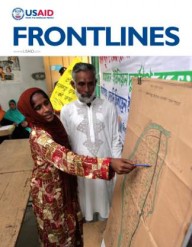

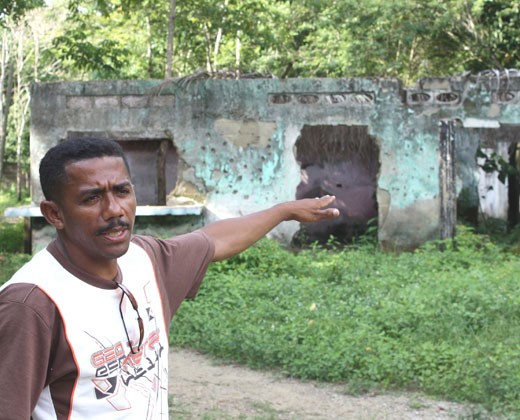
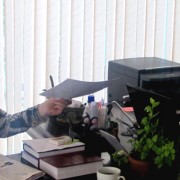
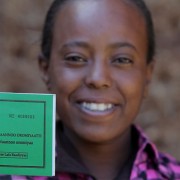
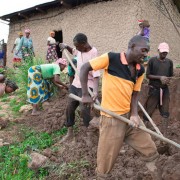
Comment
Make a general inquiry or suggest an improvement.